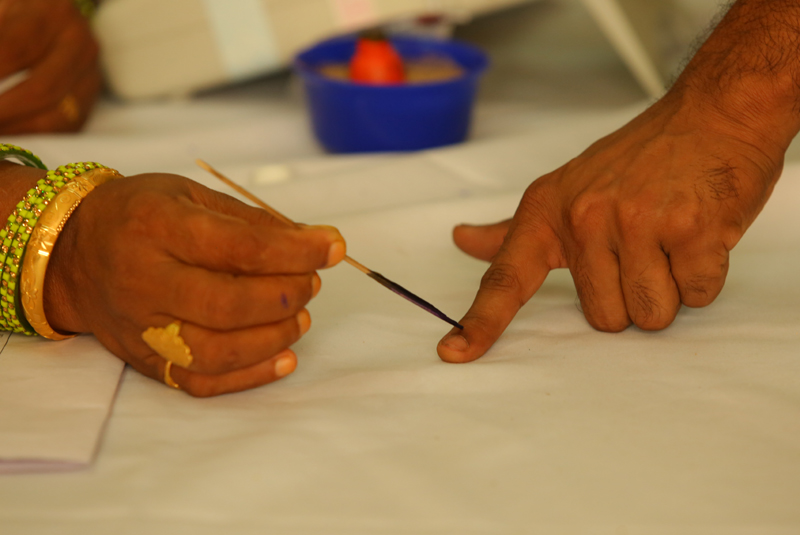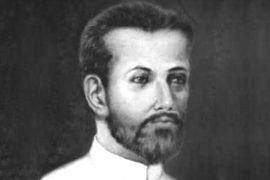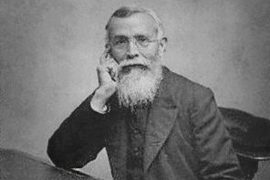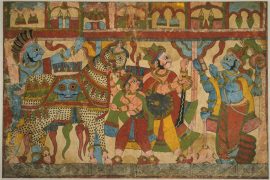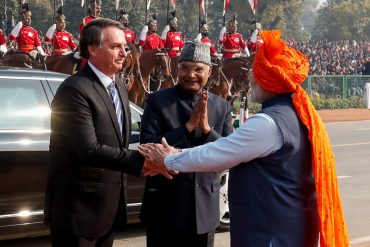The results of the recent elections in five states were a rude shock for the Congress, which was hoping for a resurgence. These elections also raised big questions over the prospects of elusive opposition unity and the likelihood of some ideological clarity among the various constituents of the ambitious INDIA alliance.
It is a poor consolation for the Congress that it won 42.23% of votes in Chattisgarh, 40.40% in Madhya Pradesh and 39.53% in Rajasthan, as against the Bharatiya Janata Party’s 46.27%, 48.55% and 41.69% respectively. The percentage of votes does not translate into a number of seats in a winner-takes-it-all, first-past-the-post system of electoral democracy. As against these percentages of vote share, the Congress won only 38.88%, 28.69% and 34.67% of the seats, as against BJP’s 60%, 70.86% and 57.78%, respectively, in these states.
The story is the same in the Lok Sabha elections too. With 31.34% of the votes, BJP won 51.93% of seats in 2014, and with 37.76% of votes, 55.90% of seats in 2019. In fact, in none of the Lok Sabhas since independence, the ruling parties won the majority share of votes.
Even in the heyday of Congrss during Jawaharlal Nehru’s or Indira Gandhi’s time, Congress never crossed the majority mark of 50% of the votes cast. The highest it got was 48.12% in 1984.
This mismatch between the share of votes and the share of seats is an inherent drawback of the first-past-the-post electoral system. Even a minuscule shift in the vote share can result in landslide wins and total wipeouts.
The strongest argument against the winner takes it all system is that it is not sufficiently representative and not democratic enough. For instance, in a constituency with ten candidates, it is theoretically possible for a candidate with just above 10% of the votes to get elected. The voice of the nearly 90% of voters who did not vote for the winning candidate count for nothing.
Most European countries have abandoned the system in favour of some form of proportional representation. Germany, Australia and South Africa are among the countries who have opted for variants of the proportional representation system (PR), while Britain is sticking to the first-past-the-post system (FPTP), though the Independent Commission on the Voting System, which was set up in 1997 had recommended in favour of proportional representation.
India’s Constituent Assembly had also debated the two systems at length and ultimately opted for the FPTP system. There were powerful arguments against it from several members. It was argued that FPTP led to a ‘tyranny of the majority’ and the ‘repression and suppression’ of minority political views and that the PR system is a ‘greater reflection of popular will.’ However, the Constituent Assembly adopted the FPTP system on practical considerations. Its simplicity and ease of implementation in a populous and largely illiterate country were the decisive factors in its favour.
The FPTP system is attractive for its simplicity and ease of administration. Each voter casts one vote, and whichever candidate gets more votes wins. Simple counting will determine the winner. In case of a dispute, all you need to do is a recount. On the other hand, the PR system is considered complex and difficult to operationalise. It is also argued that it leads to fragmented legislatures and unstable governments.
These arguments against the PR system were perhaps valid for a nascent democracy. Certainly, the country has gained sufficient experience in the electoral process, and there are enough technological tools available to implement an appropriate PR system. The need to establish the credibility of the electronic voting machine is a separate issue and needs to be addressed irrespective of the electoral method.
As far as the other apprehensions are concerned, we have had enough of fragmented legislatures and unstable governments under the FPTP system. A country that likes to pride itself as the mother of democracy must seriously consider strengthening its democracy to make it truly representative and inclusive.
In a multi-party democracy, where the number of contesting candidates is usually high, it is almost inevitable that a party without the support of the majority of the voters will end up as rulers under the FPTP system. In an inclusive and responsive polity where diverse viewpoints are respected, and the opposition voices are heard and respected, the deficiencies of the FPTP system could be minimised to a large extent through healthy parliamentary practices and conventions. In a political culture where numerical strength in Parliament is used to bulldoze the opposition and stifle dissenting voices, the flaws of the system become glaring. In effect, it amounts to the imposition of the will of a minority over the whole nation.
In a country like India, with its diversity of religion, language and culture, the electoral system needs to ensure adequate representation for different sections of the society and different shades of political opinion and interests. Suppression or supersession of minority voices will create simmering discontent, leading to social tensions, political unrest and even extremism. Democracy cannot be the hegemony of the majority over all others. It certainly cannot be the hegemony of a minority who has gained power just because none of the other parties managed to get more votes individually.
Since in the FPTP system, all one needs to get elected is one more vote than the closest opponent, political parties employ all the tricks of the trade to divide the opposition. As the threshold to win an election gets lower with the proliferation of candidates, vote bank politics becomes an attractive option with blatant use of money and muscle power and by exacerbating religious, communal and caste divisions.
Proportional representation ensures that every group and every shade of political opinion is represented in the legislature. FPTP, on the other hand, is conducive to majoritarian and divisive politics and widens existing cleavages. It leads to the systematic exclusion of certain communities and groups, especially the disadvantaged sections of society, women, and minorities.
Muslim representation in Parliament and state legislatures has always been far below their percentage in the population. In the 2014 elections, only 23 Muslim candidates were elected, the lowest-ever representation of the community in the Lok Sabha, and none of them were from the BJP. Not a single Muslim MP was elected from Uttar Pradesh, which has an 18% Muslim population.
There has been some debate from time to time over the desirability of adopting some form of proportional representation in our voting system to make it more representative. The Law Commission of India, in its 170th report (1999), recommended a combination of FPTP and PR systems. The 255th report of the Commission asked the government to examine the previous recommendation to decide on its feasibility.
There are many variants of the PR system being practised across the world. There are many models to choose from, including a combination of FPTP and PR systems. A system suitable for our needs could be identified after an informed public discussion. A serious discussion on the desirability of proportional representation is far more important and urgent than the hasty and ill-advised orchestration of the so-called ‘one nation, one election’ gambit, which would only weaken Indian democracy and further majoritarian tendencies.
The Proportional Representation system is not a panacea for all the ills associated with the FPTP system. Nevertheless, there is little doubt that proportional representation makes democracy more inclusive and representative. And the country certainly needs a more democratic and inclusive polity.
-30-
Copyright©Madras Courier, All Rights Reserved. You may share using our article tools. Please don't cut articles from madrascourier.com and redistribute by email, post to the web, mobile phone or social media.Please send in your feed back and comments to editor@madrascourier.com

